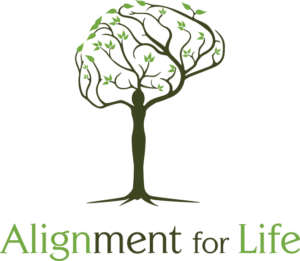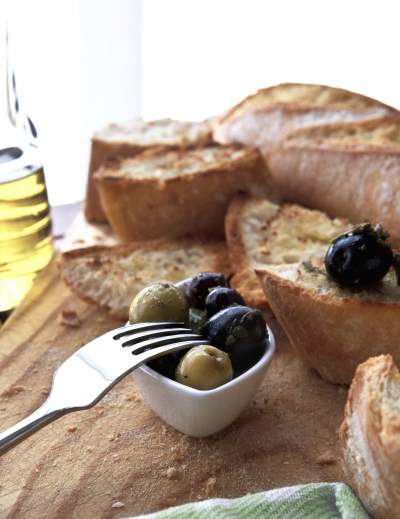It has a purpose you can’t ignore.
Taking gallbladders out seems to be the “in” thing to do. Until recently, gallbladder removal was an operation for the middle-aged or elderly. No more. In an effort to “feel better”, increasing numbers of young adults are giving up this small organ that lies nestled under the liver.
But why would removing an organ make anyone “feel better”? Why would we come equipped with a functioning part we can do without?
The gallbladder works very closely with the largest internal organ of your body, the liver. The most obvious purpose of a gallbladder is to store some of the liver bile that is produced constantly. Bile aids in the digestion of food. Yet, your gallbladder is more than just a bile storage tank. Your gallbladder helps to “recycle” some vital properties from liver bile that your body needs.
Liver bile contains water, bile salts (that are important in processing fatty acids), cholesterol, large quantities of sodium, and other important minerals. All bile that comes from the liver is slightly alkaline- it can neutralize acids and has a very soothing effect on delicate tissues.
About half of the alkaline bile from the liver goes directly into the intestinal tract where it is mixed with very acid, partially broken- down food (called Chyme) coming from the stomach.
The rest if the bile goes into the gallbladder before following the same duct to the intestine that liver bile follows. In the gallbladder, bile is “concentrated”. Much of the water that helps keep bile “liquid”, and many of the electrolytes – sodium, potassium, chloride, and bicarbonate – are removed. Sodium, potassium, and bicarbonate are alkaline. When they are taken from bile, the bile becomes more acidic and thicker. Cholesterol and other elements of the thickened bile can then congeal, solidify, and build up to form gallstones.
Of even greater importance to your health, the bile that is now acidic leaves the gallbladder and mixes with alkaline bile from the liver. Liver bile that started out alkaline becomes acidic. Alkaline bile from the liver and acidic bile from the gallbladder flow into the duodenum to meet with food particles mixed with acid from the stomach. The net result is acid added to acid.
The purpose of bile
Bile is supposed to be alkaline. It is designed to neutralize chyme. Consequently, if the bile is acidic when it reaches the duodenum, it cannot neutralize the acid from food before the food makes its journey along delicate tissue of the intestinal tract.
You may wonder why your body would put an acidic substance where an alkaline substance would do a better job. Actually, it appears that acidic bile is “necessary” rather than “normal”. Remember, bile starts out alkaline. It becomes acidic in the gallbladder when sodium and other alkaline substances are reabsorbed from it. Acidic bile isn’t produced; it results when organic sodium is reabsorbed. And, organic sodium is absorbed only when it is needed more desperately someplace else. Organic sodium is vital for neutralizing acids throughout your body. That is why it is reclaimed from the gallbladder.
NOTE:
The sodium your body needs to neutralize acids is different from the salt found in your salt shaker. Your body can’t use the table salt that you put on your French fries. Table salt is sodium chloride that comes from salt deposits in the ground- it is inorganic. The body uses organic sodium- the kind you get from plants- meaning fruits and vegetables.
When your gallbladder is gone.
You may have heard a friend comment,
“Since I had my gallbladder removed, I can eat anything I want and not feel badly.”
You can now see how this can happen. Before the gallbladder was removed, too much sodium was being reclaimed from gallbladder bile and the bile became acidic. This acidic bile was dumped into the small intestine where it met up with other acids from the stomach. Acidic chyme can burn unprotected tissue and cause pain such as heartburn.
When the gallbladder is removed, only soothing alkaline bile from the liver reaches the intestinal tract-no pain, no discomfort. So we can understand how people who have had gallbladder problems “feel better” after their gallbladders have been removed.
Unfortunately, when you have your gallbladder removed, you are merely eliminating symptoms. You aren’t solving the problem. Gallbladder problems begin with diet. Only improving your diet can correct the problem whether or not you still have your gallbladder.
Even if your gallbladder has been removed, generous quantities of fruits and vegetables in your daily diet can satisfy your body’s needs for organic sodium. If you still have your gallbladder, great! However, you need enough fruits and vegetables daily to keep it functioning well. The gallbladder is important as a backup for replenishing vital sodium to keep your body from becoming overly acidic.
Why protecting your gallbladder is protecting your health.
Obviously, the body can survive without the gallbladder just as it can survive with only one kidney. The body can function under both of these conditions as long as all other systems are operating reasonably well. However, when any organ is damaged or missing the body must compensate and adapt. You can help your body to function at its best by giving it proper care and nourishment.
Most Americans follow diets dangerously low in natural “plant” sodium. If sufficient sodium and other plant-produced minerals are not available for your body to use, highly toxic acids can’t be neutralized and your body must adapt to “emergency” conditions.
Your body is designed to survive. It will do everything it can to stay alive. Your food choices and basic maintenance practices have a direct bearing on how well your body carries out the thousands of functions that sustain your life.



